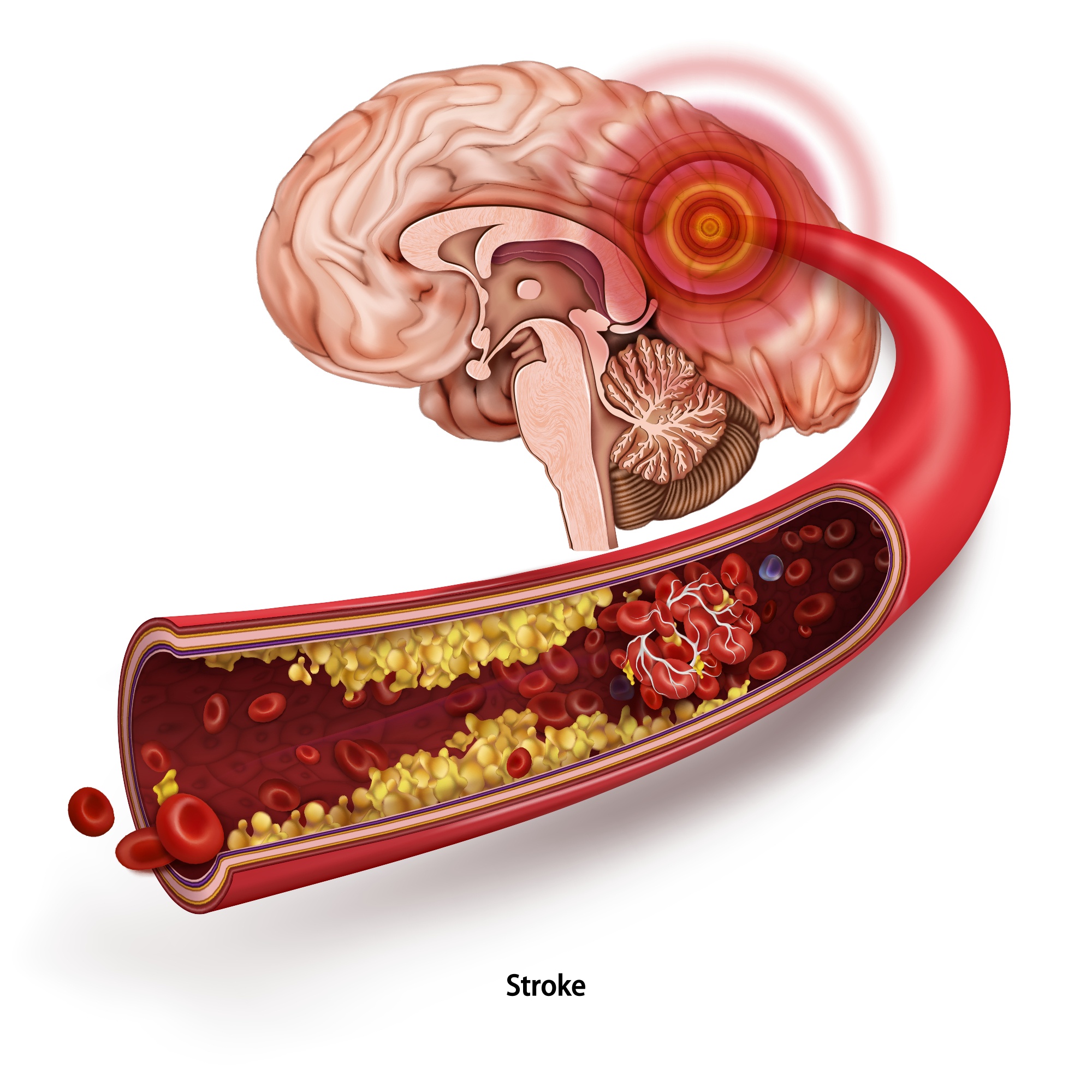
According to a study in Frontiers in Neurology, the risk for a new diagnosis of atrial fibrillation after transient ischemic attack (TIA)—and the impact of a delayed diagnosis—is unknown. The study’s lead author, Franciso Purroy, and colleagues examined long-term follow-up data and concluded that the risk of newly-diagnosed atrial fibrillation (NDAF) after TIA was “clinically relevant.”
Between January 2006 and June 2010, the study evaluated 723 patients who experienced TIA. Multivariate and Kaplan-Meier analyses were conducted to identify biomarkers associated with NDAF and the risk for subsequent ischemic stroke (SIS), respectively. The report noted that the researchers evaluated biomarkers in a subgroup of 204 patients within 24 hours of initial symptom onset.
Ischemic Attack Increases Risk of Atrial Fibrillation
Over a median follow-up of 6.5 years (range: 5.0-9.6), a total of 116 patients received a new diagnosis of atrial fibrillation, specifically:
- 42 during admission (36.2%)
- 18 within the first year (15.5%)
- 29 between one and five years (25%)
- 27 after five years (23.3%)
Factors associated with NDAF included old age (hazard ratio [HR], 1.05; 95% CI, 1.03-1.07), female sex (HR, 1.61; 95% CI, 1.07-2.41), previous ischemic heart disease (HR, 1.84; 95% CI, 1.15-2.97), and cortical diffusion-weighted imaging pattern lesion (HR, 2.81; 95% CI, 1.87-4.21).
Furthermore, the authors found that N-terminal pro-brain natriuretic peptide (NT-ProBNP) levels at or above 218.2 pg/ml were associated with significantly increased risk for new atrial fibrillation diagnoses within the first five years of follow-up (P<.001). Notably, patients with NDAF after admission and before the five year timepoint had the greatest risk for SIS (P=.002).
Ultimately, Purroy and colleagues reported that almost one in five patients without prior atrial fibrillation developed NDAF after experiencing TIA. They suggested that these patients represent an opportunity to improve secondary treatments for SIS prevention, and also that their findings could be used “to evaluate the benefit of long-term cardiac monitoring in selected patients.”
Find More Research On the Atrial Fibrillation Knowledge Hub







 © 2025 Mashup Media, LLC, a Formedics Property. All Rights Reserved.
© 2025 Mashup Media, LLC, a Formedics Property. All Rights Reserved.